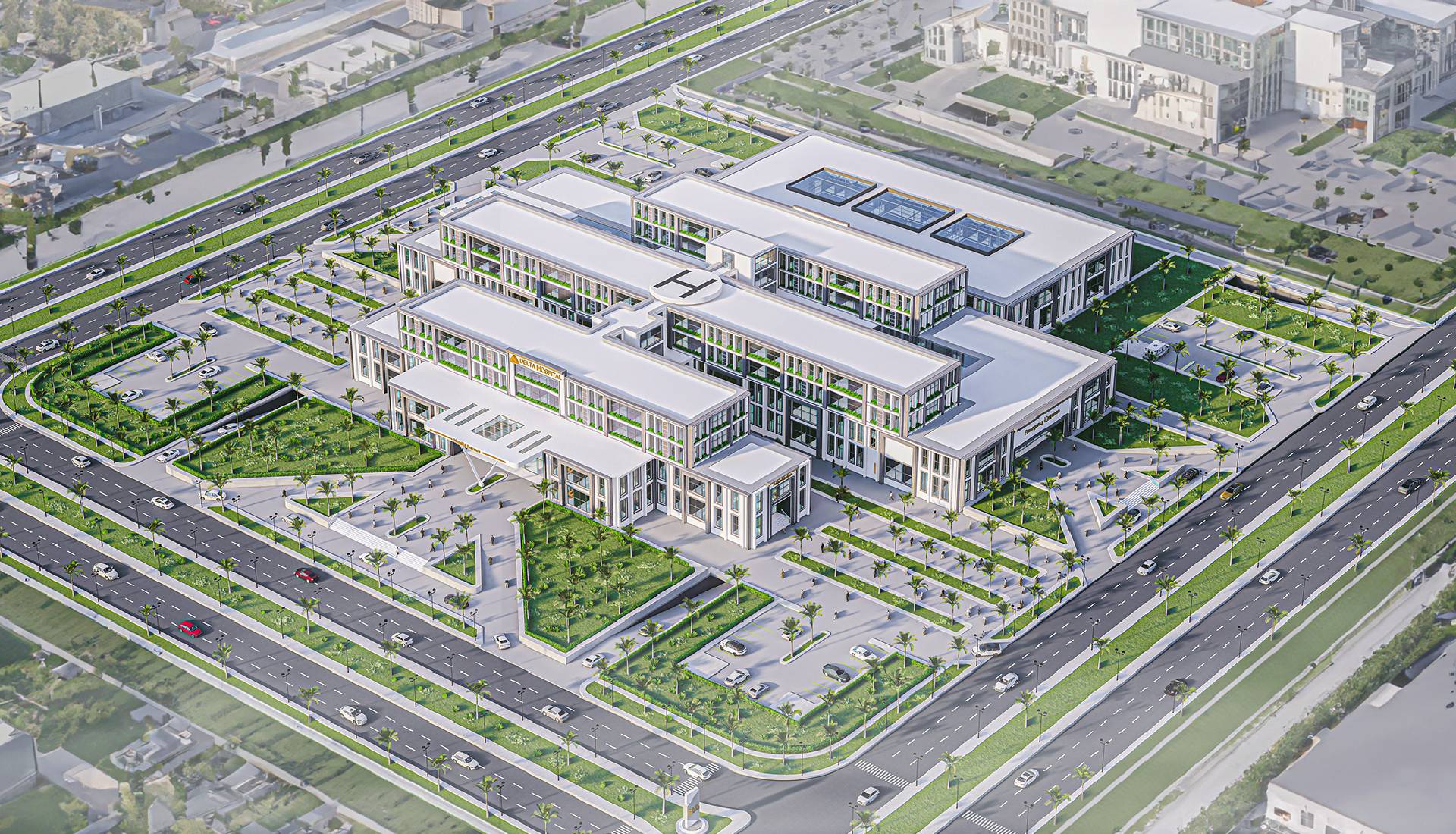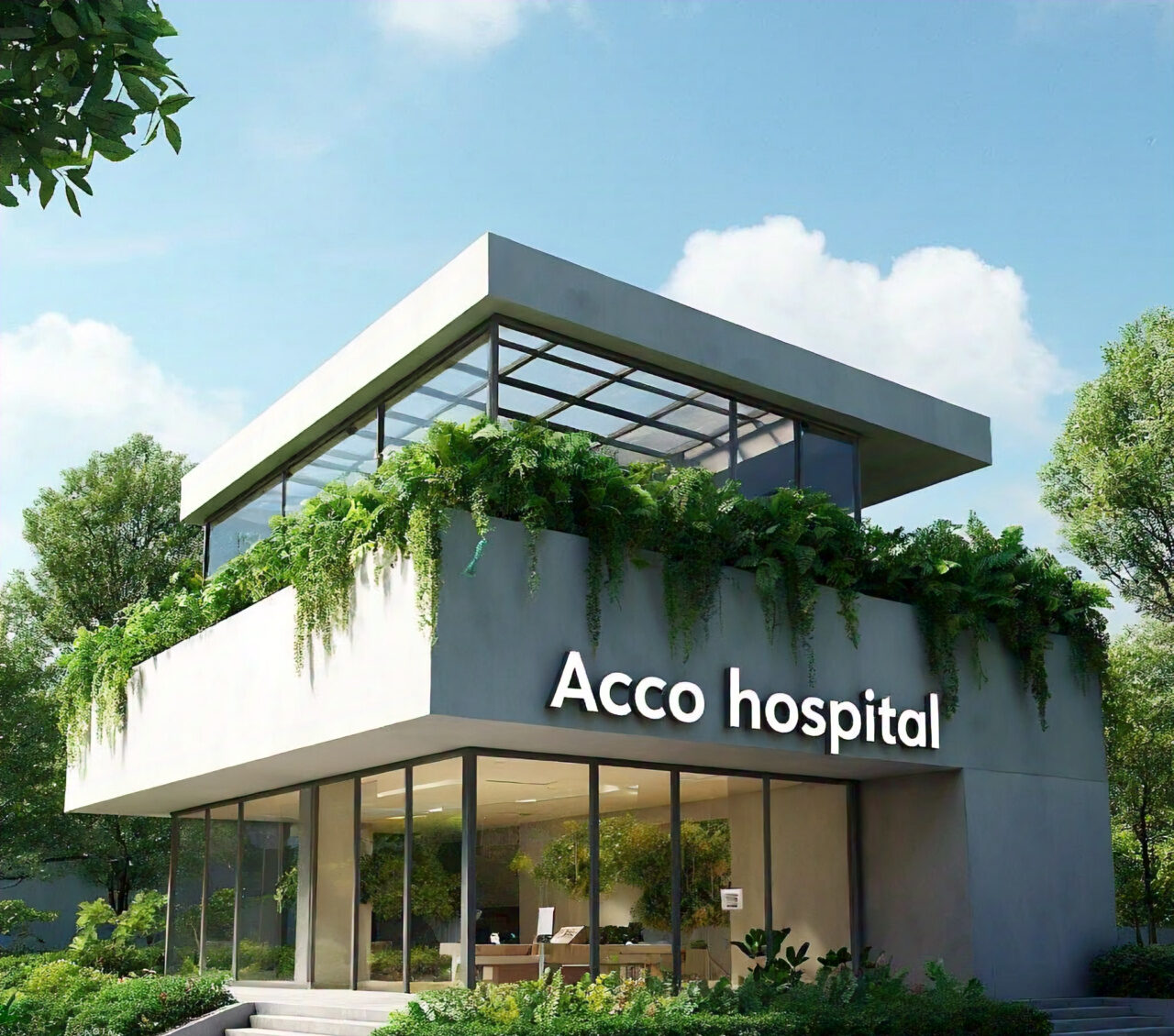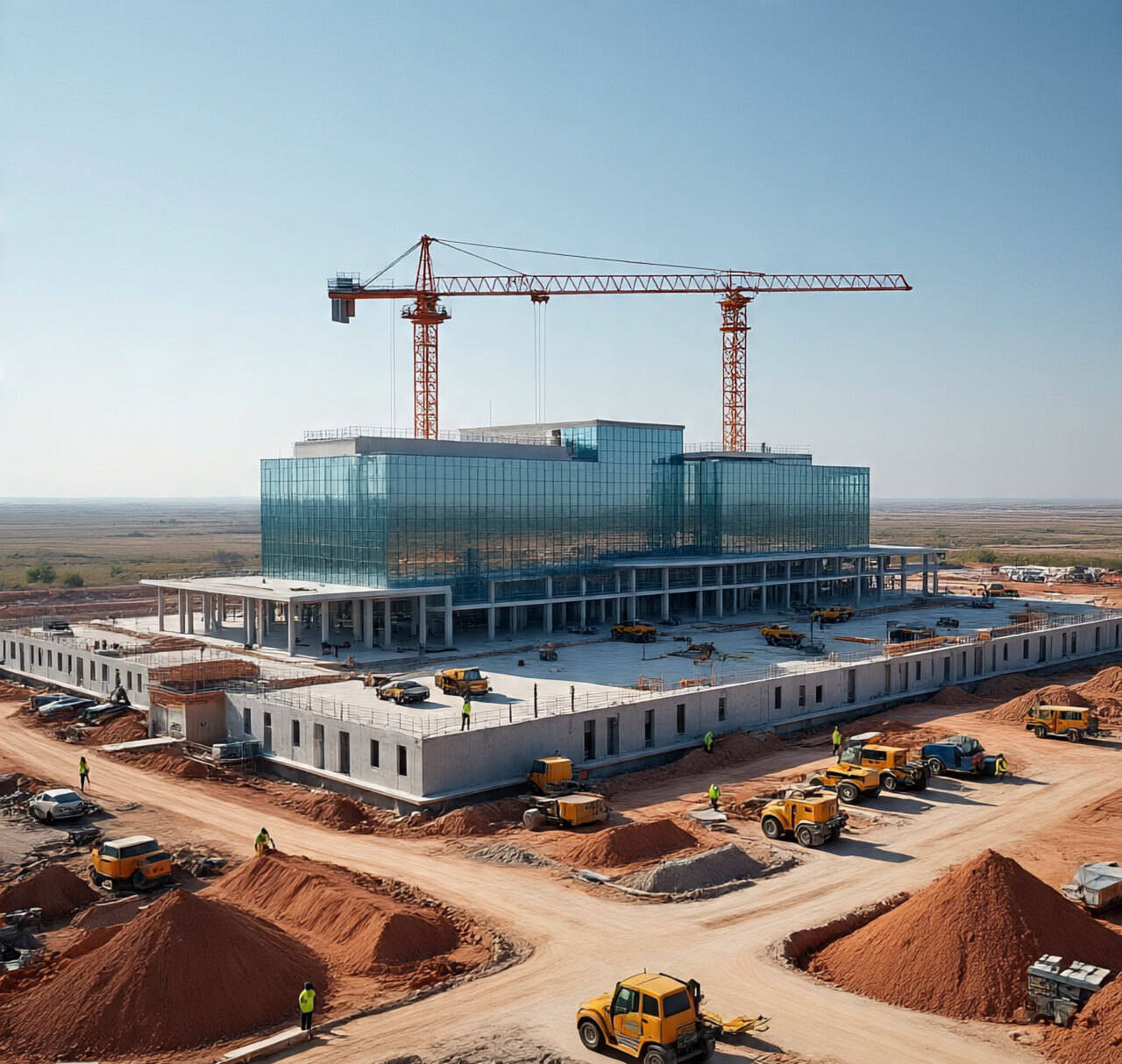
HOSPITAL DESIGN HUB Hospital Design Solutions in Pakistan: From Concept to Completion
Designing hospitals in Pakistan involves a multifaceted approach that balances functionality, aesthetics, and patient care needs. Here’s a comprehensive guide to hospital design solutions, from concept to completion:
1. Initial Planning and Concept Development
Understanding Requirements:
- Needs Assessment: Conduct a thorough needs assessment to understand the healthcare services required and the target population.
- Regulatory Compliance: Ensure adherence to local health regulations and standards, including guidelines from the Pakistan Medical and Dental Council (PMDC) and other relevant bodies.
Site Analysis:
- Location: Choose a location that is accessible to patients and supports future expansion.
- Topography and Climate: Consider the site’s topography, climate, and environmental factors to inform design choices.
2. Design Phase
Architectural Design:
- Functional Layout: Create a functional layout that separates different hospital zones (e.g., emergency, outpatient, inpatient) and facilitates smooth patient flow.
- Patient-Centered Design: Integrate features that enhance patient comfort, such as private rooms, natural lighting, and soothing colors.
- Accessibility: Design for inclusivity with features like ramps, wide doorways, and clear signage.
Infection Control Measures:
- Materials Selection: Use antimicrobial and easy-to-clean materials.
- Ventilation and HVAC: Incorporate advanced ventilation systems to ensure proper air quality and prevent cross-contamination.
- Isolation Rooms: Design specialized rooms for infectious patients to contain and manage disease outbreaks effectively.
Sustainability:
- Energy Efficiency: Implement energy-efficient systems for lighting, heating, and cooling.
- Water Conservation: Use water-saving fixtures and consider rainwater harvesting systems.
- Green Building Practices: Choose eco-friendly materials and incorporate sustainable design principles.
3. Technology Integration
Medical Technology:
- Equipment Layout: Plan spaces to accommodate advanced medical equipment and ensure easy access for staff.
- IT Infrastructure: Design IT infrastructure to support electronic health records (EHR), telemedicine, and other technological solutions.
Building Management Systems:
- Smart Systems: Incorporate smart building systems for lighting, climate control, and security.
- Automation: Use automation for tasks such as lighting control and energy management.
4. Construction Phase
Contractor Selection:
- Bidding Process: Conduct a thorough bidding process to select experienced contractors.
- Project Management: Engage a project manager to oversee construction and ensure adherence to the design and budget.
Quality Assurance:
- Regular Inspections: Schedule regular site inspections to monitor construction quality and compliance with design specifications.
- Safety Protocols: Implement safety protocols to ensure a safe working environment for construction staff.
5. Post-Construction and Handover
Final Inspections:
- Certification: Obtain necessary certifications and approvals from relevant authorities.
- Functional Testing: Conduct functional testing of all systems (e.g., HVAC, electrical) to ensure they operate correctly.
Staff Training:
- Training Programs: Provide training for hospital staff on new systems and equipment.
- Orientation: Conduct orientation sessions for staff to familiarize them with the new facility.
Operational Readiness:
- Soft Opening: Consider a soft opening to test operations and address any issues before the official launch.
- Feedback: Collect feedback from staff and patients to make any necessary adjustments.
6. Maintenance and Future Planning
Ongoing Maintenance:
- Regular Maintenance: Implement a maintenance schedule to ensure the facility remains in good condition.
- Upgrades: Plan for future upgrades and renovations as technology and healthcare needs evolve.
Community Engagement:
- Feedback Mechanisms: Establish feedback mechanisms to continuously improve the facility based on patient and staff input.
- Community Outreach: Engage with the community to understand their needs and incorporate their feedback into future planning.
Conclusion
Designing and constructing a hospital in Pakistan involves careful planning, innovative design, and rigorous execution. By focusing on patient needs, incorporating advanced technology, and adhering to sustainability principles, architects and planners can create healthcare facilities that not only meet current demands but also adapt to future changes in healthcare delivery.
4o mini
Comments
0 Likes




